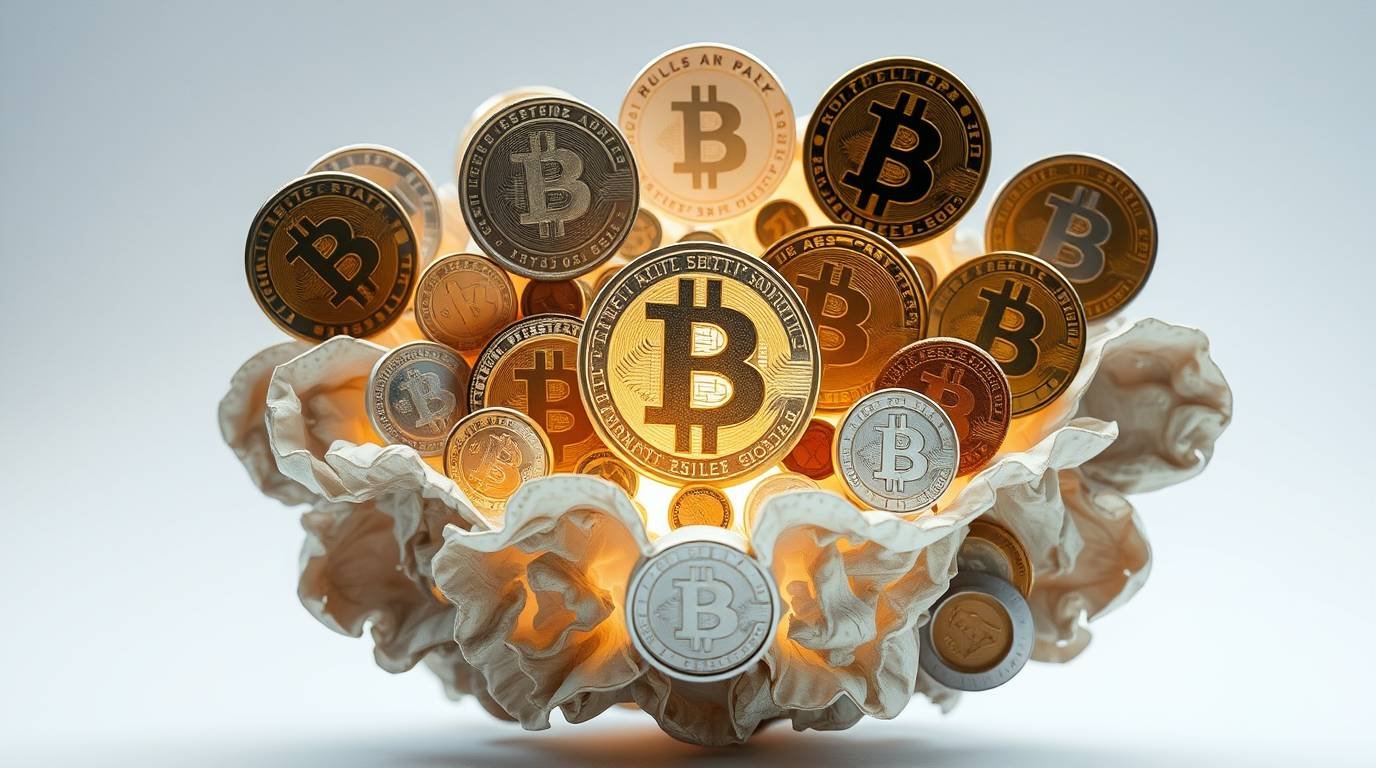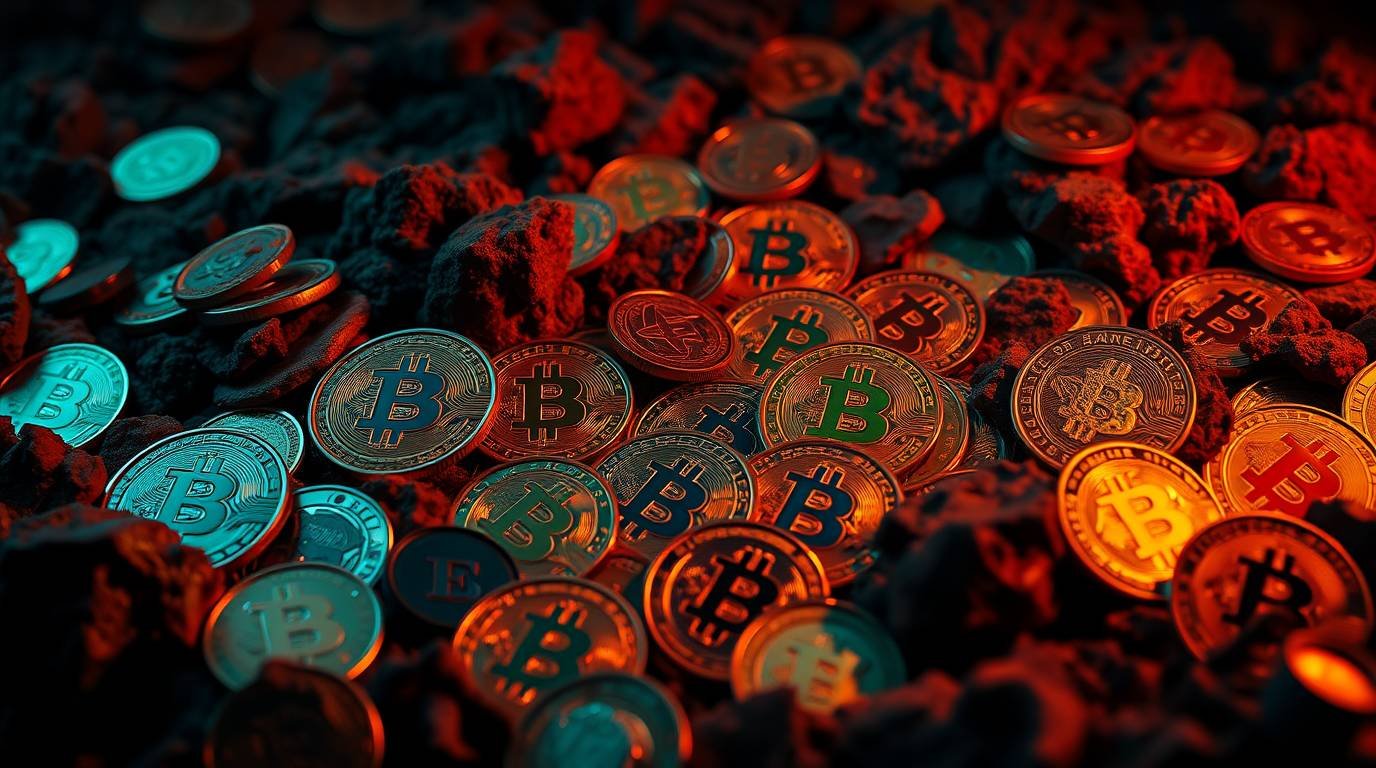Peer-to-Peer Crypto Payment Systems: Redefining the Way We Transfer Value
June 4, 2025 | by 16squaresmaster@gmail.com

In the age of decentralization, peer-to-peer (P2P) crypto payment systems are reshaping how people send, receive, and store value — without the need for traditional banks, payment processors, or middlemen. From personal transactions to global commerce, P2P payments powered by blockchain technology offer speed, privacy, and financial freedom in a way that centralized systems cannot.
As cryptocurrency adoption grows, so does the relevance of P2P infrastructure that empowers individuals and communities to exchange assets directly and securely.
What Are Peer-to-Peer Crypto Payment Systems?
A peer-to-peer crypto payment system enables individuals or entities to send and receive cryptocurrency directly, without relying on centralized intermediaries like banks or payment processors.
These systems operate on decentralized networks (e.g., Bitcoin, Ethereum, Solana), using wallet-to-wallet transfers, smart contracts, and sometimes decentralized apps (dApps) to facilitate trustless, borderless transactions.
Key features include:
- No third-party custody or approval required
- Transactions recorded immutably on the blockchain
- Global accessibility with just an internet connection
How P2P Crypto Payments Work
- Sender initiates a transfer using a crypto wallet
- Recipient address (public key) is used as the destination
- Transaction is signed by the sender using their private key
- Blockchain network validates and confirms the transaction
- Recipient receives funds in their wallet within seconds or minutes
No bank, credit card network, or governmental institution is involved.
Popular Use Cases
🔹 Personal Transfers
Send money to friends or family instantly — even across borders — without banks or remittance services.
🔹 Freelancing & Remote Work
P2P crypto payments are ideal for cross-border payments to freelancers, creators, and contractors.
🔹 Decentralized Marketplaces
Platforms like OpenBazaar, LocalCryptos, or even Telegram-based bot markets allow direct P2P commerce using crypto.
🔹 Charitable Donations
Donors can send funds directly to a recipient’s wallet, ensuring transparency and reducing overhead.
🔹 In-Game or Metaverse Transactions
Users can trade digital assets, skins, or tokens directly inside games or virtual worlds using wallet-to-wallet payments.
Advantages of P2P Crypto Payments
| Advantage | Description |
|---|---|
| Global Access | Send funds anywhere in the world — no banking required |
| Low Fees | Eliminate intermediaries and expensive transfer costs |
| Speed | Confirmations within seconds to minutes (depending on network) |
| Censorship Resistance | No centralized authority to block or reverse transactions |
| Transparency | Every transaction is publicly verifiable on the blockchain |
| Privacy Options | Some networks (e.g., Monero, Zcash) offer enhanced anonymity |
Leading Platforms Supporting P2P Crypto Payments
| Platform | Highlights |
|---|---|
| Bitcoin (BTC) | The original P2P payment network; widely supported |
| Lightning Network | Bitcoin Layer-2 solution for instant, low-fee micropayments |
| Ethereum (ETH) | Supports wallet-to-wallet payments plus smart contracts |
| Solana | Fast and low-cost transfers with growing P2P apps |
| Ton (Telegram Open Network) | Telegram-native crypto payments and bots |
| LocalBitcoins / Paxful | Marketplaces for fiat-to-crypto P2P exchange (discontinued in some regions but still relevant historically) |
Peer-to-Peer Payment Wallets
- Trust Wallet (mobile, multi-chain)
- MetaMask (browser/mobile for Ethereum and Layer-2s)
- Phantom (for Solana)
- Exodus (cross-platform)
- Telegram Wallet (for Toncoin payments)
Most allow users to send payments using:
- Public wallet addresses
- ENS (Ethereum Name Service)
- QR codes or usernames (Telegram-based wallets)
Challenges and Risks
| Challenge | Solution |
|---|---|
| Volatility | Use stablecoins (USDT, USDC, DAI) for value stability |
| Scams and fraud | Use escrow services or reputation systems in P2P marketplaces |
| Transaction errors | Always double-check wallet addresses — blockchain transfers are irreversible |
| Network fees | Choose low-fee chains like Polygon, BNB Chain, or Solana |
Future of P2P Crypto Payments
The next wave of innovation includes:
- Decentralized identity (DID) to link wallet payments to real users securely
- Cross-chain payments using bridges and aggregators
- Mobile-first P2P apps integrating payments, messaging, and social features
- Offline P2P payments via Bluetooth or NFC (being developed for emerging markets)
- AI-based fraud detection in decentralized payment platforms
As crypto becomes more embedded into everyday life, P2P transactions will become as simple as sending a text — but with the privacy, control, and speed that centralized finance can’t match.
Conclusion
Peer-to-peer crypto payment systems represent one of the purest applications of blockchain technology. They remove middlemen, empower users, and create a decentralized financial environment where value can move as freely as information.
Whether you’re sending money to a friend across the world or paying for a digital service in the metaverse, P2P crypto payments are not just the future — they’re already here.
RELATED POSTS
View all


